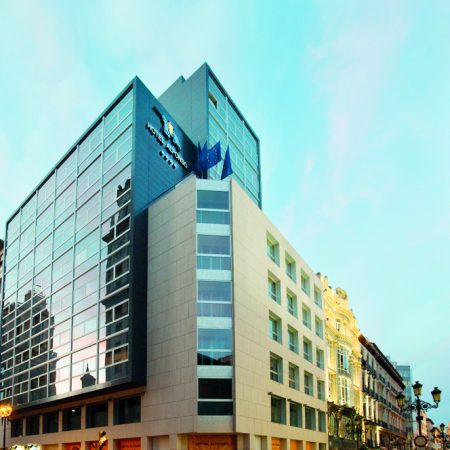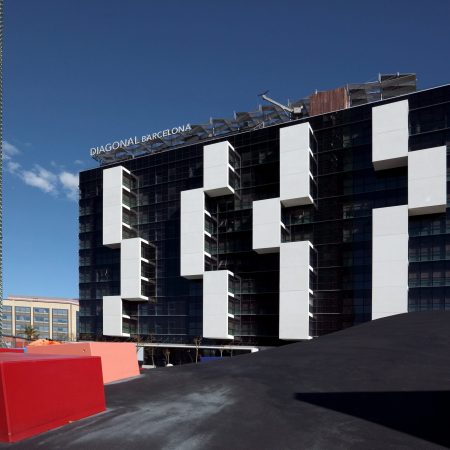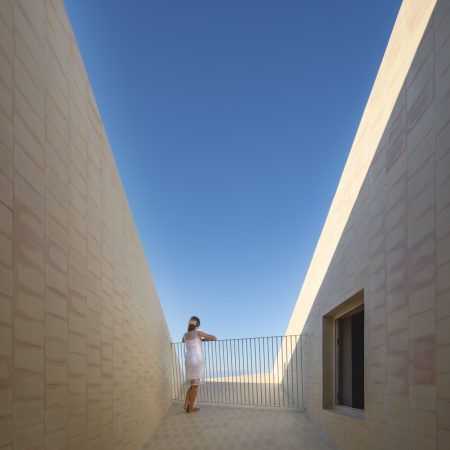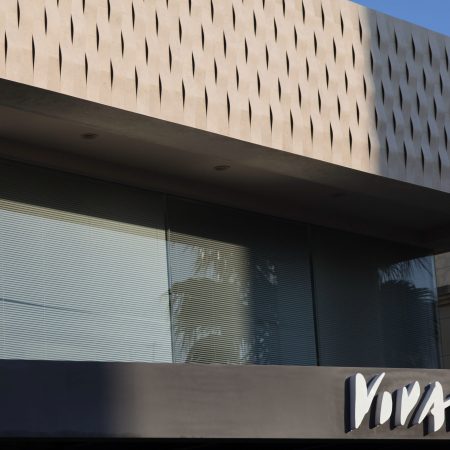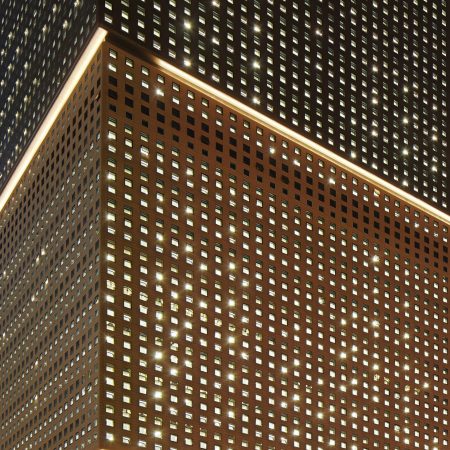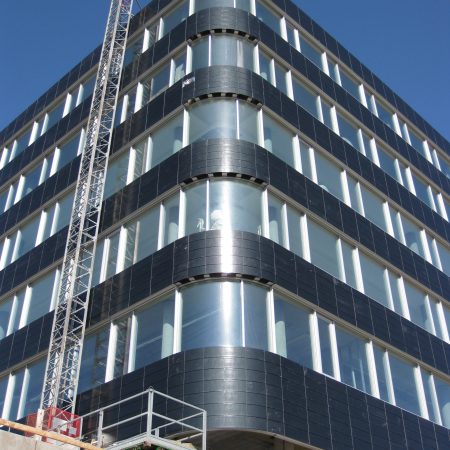Practicality, strength and safety
With ceramics we achieve public spaces that transform the environment and the community. Thanks to its high performance, it is the best product to prevent wear and tear and improve cleaning conditions.
Ceramic has anti-slip properties, offers safety to cities and is perfect for the transit of people due to its resistance.
Ceramic, thanks to its characteristics and benefits, is a material that makes the space in which it is installed safe and easy to disinfect.
In the interior of many public spaces such as stores, bars and restaurants, hospitals, subway stations, airports, shopping centers… we can find ceramic floor and wall tiles due to their technical advantages and the wide range of aesthetic finishes.
Characteristics such as resistance to wear, breakage and slip resistance make ceramic floor and wall tiles ideal for these spaces. In addition, the wide variety of products allows them to adapt perfectly to different environments and decorative styles, and can be used to cover both floors and walls.
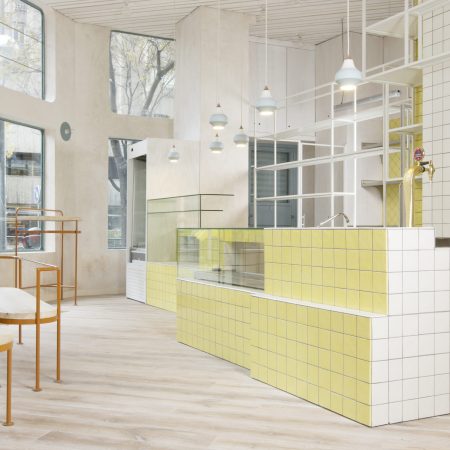
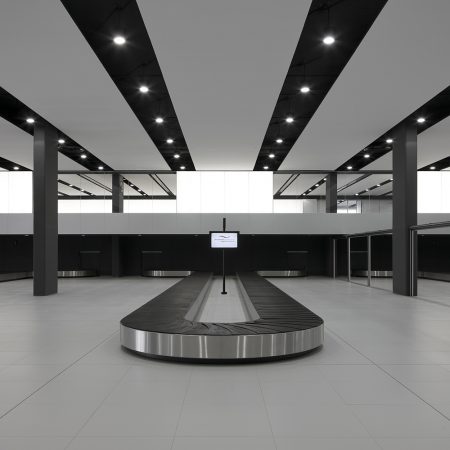
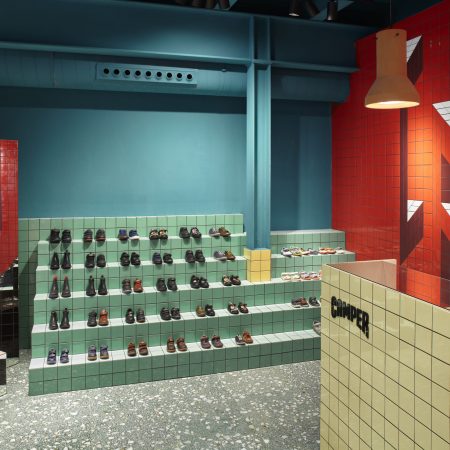
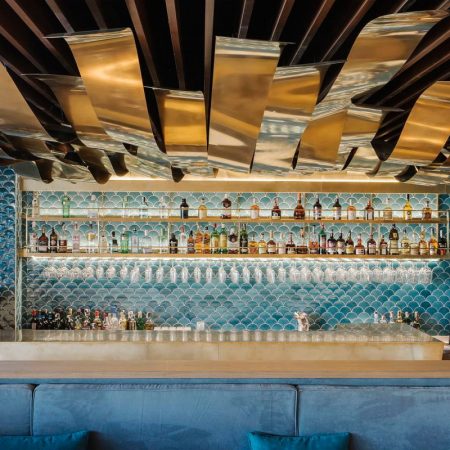
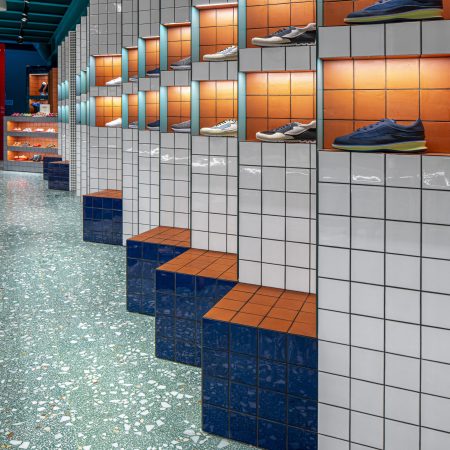
The decorative possibilities have multiplied in recent years. Colors, formats, textures and designs? there is something for every style, trend and taste. In addition, ceramic tiles are the most resistant material on the market, which makes them the perfect choice for both interiors and non-residential exteriors, even in areas with a high concentration of traffic.
Ceramic tiles are safe and comfortable. In addition, special tactile models have recently been developed for all users, but especially for those with some form of reduced mobility, in order to improve their comfort and safety, as well as reduce the risk of falls, slips and trips. They also make it easier to move around with strollers, baby carriages or wheelchairs.
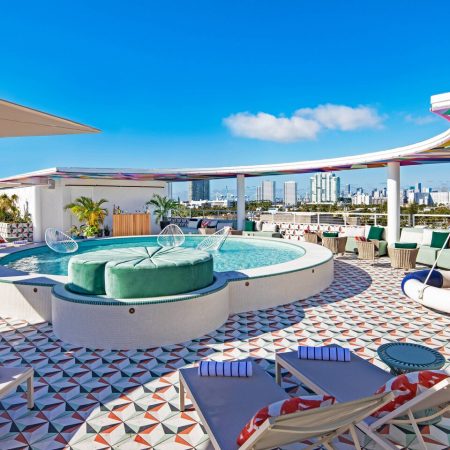
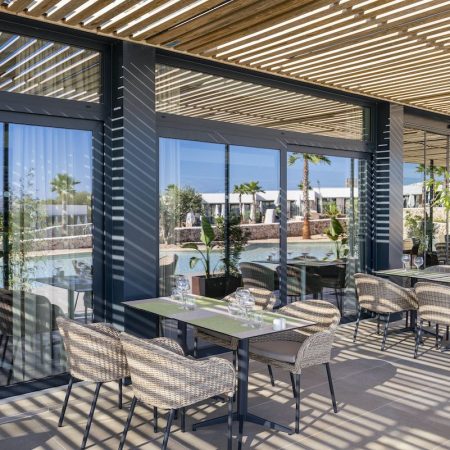
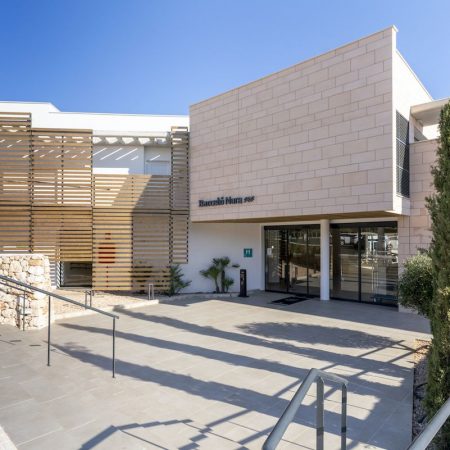
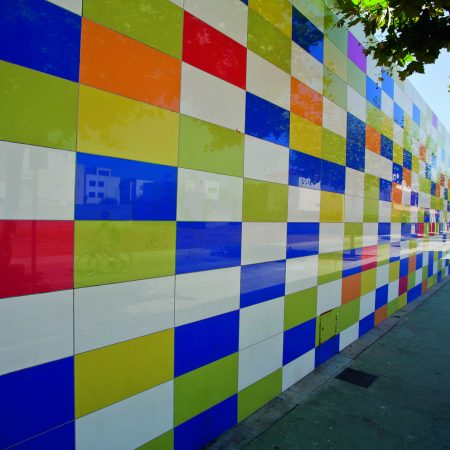
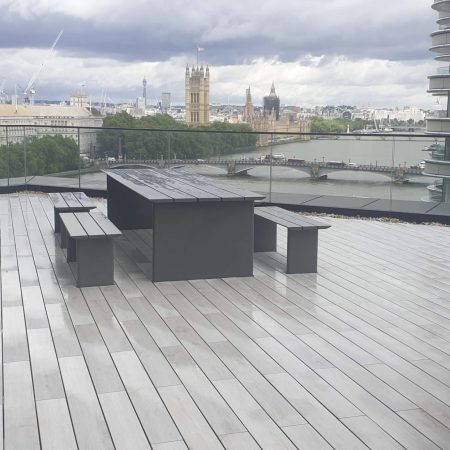
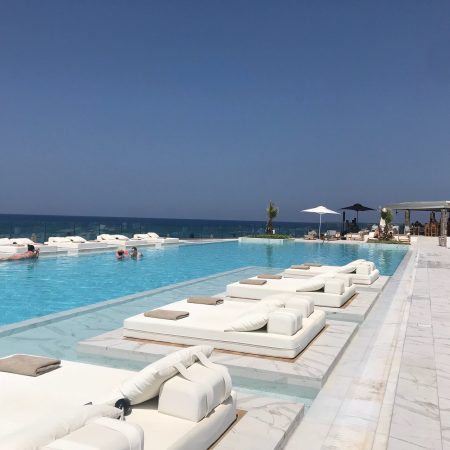
Since ancient times, ceramic coverings have been used in exterior cladding, mainly for decorative purposes, as in the examples we have preserved from civilizations such as the Greeks, Egyptians and Romans. In the Iberian Peninsula today we can still enjoy examples of use from the period of Arab rule, the Baroque and Catalan modernism, which demonstrates the qualities of ceramics to withstand the passage of time without alterations.
The façade is the first architectural barrier that protects the house from external aggressions. The ceramic applied in facades constitutes an enclosure with a thermal protection function; against water and humidity; acoustic; against fire and against mechanical and chemical attacks. In addition, as an aesthetic enclosure, it provides luminosity, self-cleaning, color and expressiveness, giving the possibility of creating “open-air museums”. Several studies have shown that the use of ceramic tiles on facades provides greater integrity and durability.
